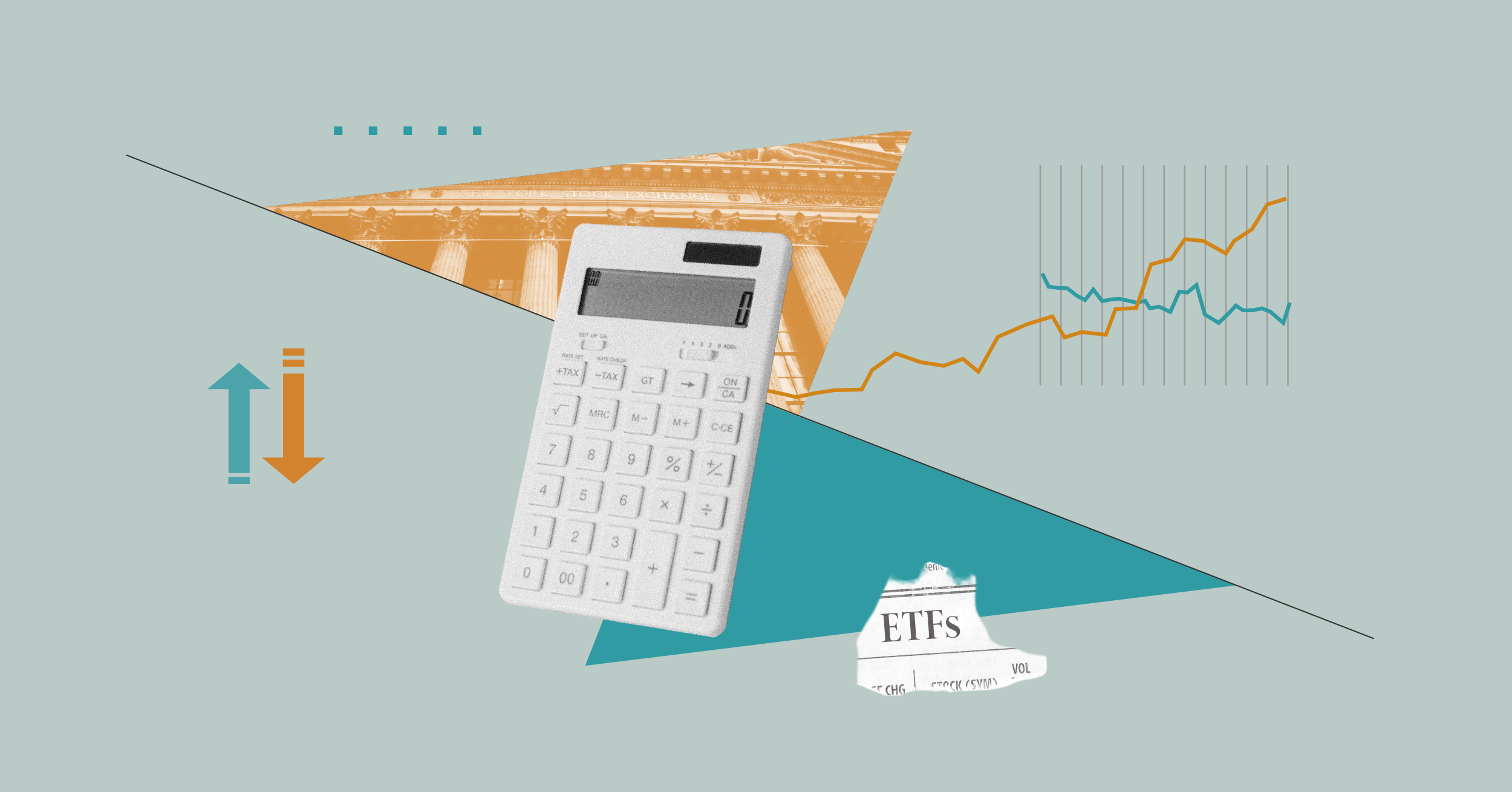This article is part of the Morningstar's Guide to Emerging Market Investing. Click here to find out just what an emerging market is and which regions hold the potential to boost your investment portfolio.
Frontier markets represent a tiny segment of the global investment universe, but interest in the asset class has been growing, as investors search further afield for better growth opportunities and pursue new ways to diversify their portfolios.
Frontier markets, by definition, are at the far edge of the investment universe and are generally not included in global equity indexes or even in many emerging-markets equity funds. This is because frontier capital markets are not easily accessible. These markets tend to have a small number of liquid securities and restrictions on foreign ownership.
Investors mulling the merits of this investment frontier should take a closer look before jumping in: The underlying risks and performance drivers are quite different from those in emerging and developed equity markets.
Surveying the Frontier
The investment case for frontier markets sounds enticing. Countries such as Kuwait, Nigeria, and Pakistan are at an earlier stage of development relative to emerging-markets economies. Many frontier-markets economies are entering a period of mid- to high-single-digit growth, thanks to a very low economic base, favourable demographics, growth in infrastructure spending, and, in some cases, abundant natural resources. And relative to emerging markets, certain frontier countries will benefit from the rapid adoption and dissemination of "new economy" services such as mobile banking and mobile payments, which should contribute to growth in the medium term.
Index providers MSCI and FTSE distinguish frontier markets from emerging markets by capital market size, liquidity, and accessibility thresholds on foreign ownership. In other words, how investable a country is, is the primary criteria for its classification, with aggregate and per capita GDP figures playing more of a secondary role.
Market-cap-weighted frontier-markets benchmarks from these index providers primarily contain stocks listed in Africa, the Middle East, former Soviet Republics – also known as Commonwealth of Independent States or CIS, and less-developed Asian countries such as Pakistan, Vietnam, and Bangladesh.
While frontier markets in African and Asian countries tend to have very low per capita GDP figures, the oil-producing states in the Middle East – also known as the Gulf Corporation Council, or GCC countries – are relatively wealthy. The reason these resource-rich nations are considered frontier markets is because they have restrictive foreign ownership limits on their exchange-listed companies.

To be clear, frontier markets are risky. Investors face a myriad of issues, which include political instability, social unrest, corruption, disease, terrorism, underdeveloped financial systems and capital markets, and a fickle regulatory environment.
These risks are similar in type to those in emerging markets, but their probability and potential magnitude are greater. During periods of extreme market stress, frontier markets' relatively illiquid stock markets can suffer sharp declines in the face of heavy selling. During the 2008 global financial crisis, the MSCI Frontier Markets Index had the largest maximum drawdown relative to the MSCI Emerging Markets Index and the MSCI EAFE Index; an index composed of developed Asia and Europe equity markets. Recent declines in commodity prices may prompt selling pressure in frontier markets, as many countries in the Middle East and Africa are commodity exporters.

When looking at other measures of risk, however, frontier markets tend to fare a little better. The chart below is a five-year correlation matrix of the five largest country allocations in the MSCI Frontier Markets Index and the MSCI Emerging Markets Index. Partly because of lower levels of integration with the global economy, each frontier-markets country tends to have more idiosyncratic risks, with individual equity markets historically exhibiting low correlations with one another.

As a result, the MSCI Frontier Markets Index has been less volatile, as measured by the rolling three-year annualised standard deviation of returns, than the MSCI Emerging Markets Index.

As for diversification benefits, the chart below shows that frontier markets have been less correlated to U.S. equities relative to emerging markets. Over the past few years, during "risk-off" periods, volatility in emerging-markets stocks has been exacerbated by fickle foreign fund flows. With low levels of foreign ownership in frontier-markets stocks and bonds, however, this asset class has not been as susceptible to volatile foreign fund flows, except in extreme events such as the 2008 financial crisis. However, frontier markets' correlations will increase should foreign ownership in frontier-markets stocks continues to rise.

Recent Performance
One of the main reasons frontier-markets equities, a very tiny and relatively inaccessible asset class, are gaining interest among certain investors is their outperformance versus emerging markets in 2013 and 2014. This is often attributed to frontier markets' rosier growth outlook relative to emerging markets, especially as the larger economies such as China, Brazil, and Russia have begun to slow.
However, frontier-markets equities' calendar returns over the longer term have been more sporadic. Frontier markets underperformed emerging markets during six out of the past 10 calendar years.
A closer look reveals that frontier markets' recent outperformance reflects a confluence of factors – some fundamental, some not, and many that are specific to frontier-markets equities. An examination of some of these factors will help illustrate the notable idiosyncrasies and challenges related to investing in frontier markets.

In the past two years, the best-performing frontier markets have been Argentina, United Arab Emirates, and Kenya. The capitalization-weighted MSCI indexes in U.S. dollars for each of these countries returned 50%, 30%, and 21%, respectively, over the two-years annualised to April 2015. These markets contributed to the MSCI Frontier Markets Index's return of 10% during the same time period.
The performance of Argentina, which takes up approximately 6% of the MSCI Frontier Markets Index, needs some context. Argentina is actually a G-20 nation and is considered an upper-middle-income economy by the World Bank. But due to the failure of its heterodox economic practices and strict capital controls, MSCI classifies the country as a frontier market.
FTSE, which decided to take a more hard-line approach, announced in September 2014 that it will remove Argentina from its frontier index in June 2015. Argentina's 36% return in the past 12 months through April 2015 may be surprising given the country's recent debt crisis, double-digit inflation, and weakening currency. One explanation is that local investors have been buying shares as a hedge against inflation. Another possibility is that investors are optimistic that a new leader will implement much-needed reforms that will stabilize Argentina's economy. Current president Cristina Fernández de Kirchner will reach her term limit in 2015.
This might have some merit, as "reform rallies" have recently been observed in countries such as India and Indonesia. But another potential reason Argentinians have been buying equities is because it is reportedly one of the few channels by which they can gain access to the U.S. dollar. Many large-cap Argentinian companies have both a local listing as well as an ADR that trades on the NYSE, so Argentinian investors can buy local shares and then sell ADRs for U.S. dollars.
One of the key drivers of performance in the United Arab Emirates' equity market was MSCI's announcement in June 2013 that it was going to move the UAE and Qatar from the MSCI Frontier Markets Index to the MSCI Emerging Markets Index in June 2014. That change means there is now a significantly larger potential investor base for these new emerging-markets countries.
In addition, any investment product that tracks the MSCI Emerging Markets Index had to buy the index constituents from those countries when MSCI implemented the change in June 2014. In the months following the 2013 announcement, both domestic and foreign investors piled into Qatari and United Arab Emirates stocks in an attempt to get ahead of this reclassification. This surge of assets into these small capital markets – each of which has about 20 liquid stocks – fuelled a strong rally. Some positive fundamentals in these markets also contributed to the momentum.
Banks and property companies, which dominate each country's index, rallied thanks to recovering real estate prices and rising infrastructure spending. Since Qatar and United Arab Emirates had each accounted for about 15% allocation in the MSCI Frontier Markets Index prior to their move to the MSCI Emerging Markets Index, their market rallies contributed to the strong performance of the MSCI Frontier Markets Index through June 2014.
Kenya, on the other hand, has recently been a frontier-markets success story. Kenya is the largest economy in East Africa. Relative to its neighbours, it has a better-educated population, its economy is more diversified, and it has stronger trade and financial links to the rest of the world. Over the past few years, foreign direct investment has been rising, as many multinationals have sought to establish their East Africa hub in Kenya.
Many of Kenya's large-cap public companies are well-run firms with exposure to solid growth trends. These includes mobile operator Safaricom, which has a fast-growing mobile payment business, East African Brewers, whose main shareholder is Diageo, and a number of banks with strong balance sheets.
Conclusion: Should You Invest?
Frontier markets have a number of the same favourable investment characteristics that emerging markets had 20 years ago. Thanks to healthy growth outlooks and their relatively lower levels of integration with the global economy, frontier markets offer the potential for higher returns and greater diversification benefits in the medium term. Investors with an above-average risk tolerance may want to consider adding some frontier exposure within their emerging-markets allocation. However, the risks to investing in frontier markets are many, especially the downside risk during periods of heavy selling, as frontier markets tend to be fairly illiquid.
It is also worth noting that most funds are untested, as they have short track records, so investors should carefully evaluate their options.





























